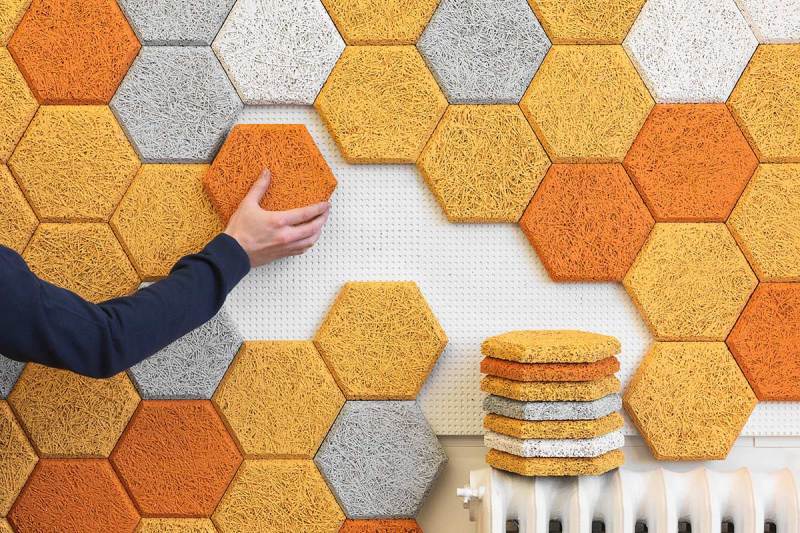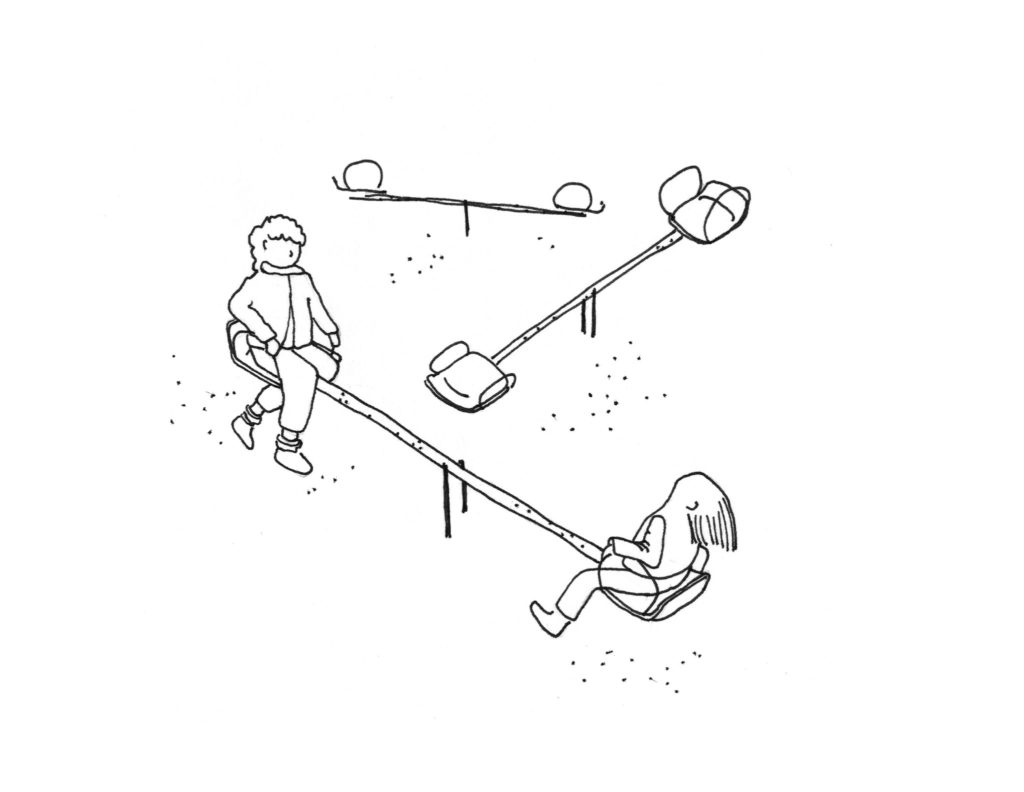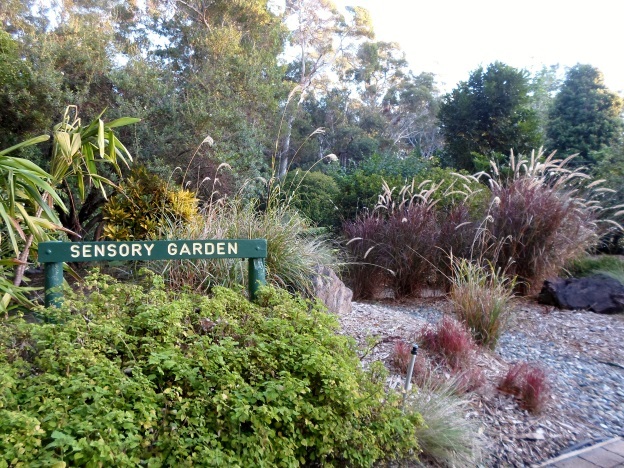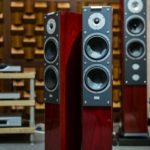10
Aug
2017
Autism and noise sensitivity : how to create a safe and sound aural environment

Reading Time: 4 minutes
How does autism affect people? Certain sounds can cause distress to many people. Just think about loud traffic noise, high pitched microphone feedback, sirens. nails scraping a surface etc. Most of us have difficulties processing this sensorial information. Luckily, most of these sounds are not constant.
Now imagine that for some people, who are having autism, many sounds from the everyday life can cause stress and serious pain. Sounds and sensory differences can severely affect a behaviour and have a great impact on their everyday life. This is a story about some small tips you can do about regulating the sound in your environment to ensure a safe and sound place for the loved ones suffering from this lifelong developmental disability.
Autism and sounds
A person who suffers from autism can perceive the world around us as very overwhelming, challenging place. That is because autism comes with a very different way of sensorial processing of information. And this might cause a great deal of stress. However, reactions and interpretation of sensory stimuli can be very different. It is important to know that not every autistic person will have the same sensorial discomfort. There are different types of noise sensitivities connected to autism, including Misophonia, Phonophobia, Hyperacusis, Recruitment. And that is why the treatment needs an individualistic approach.
For example, some people can be over-sensitive to specific sounds, and some, under- sensitive. Some people can have a combination of both.
Someone who is hypo-sensitive may only hear sounds in one ear; may not acknowledge certain sounds; or might seek out loud crowded, and noisy places.
Someone who is hypersensitive may hear the sound as magnified, and the sound may become magnified and distorted; may be super sensitive to a certain sound or sounds at a distance, or may have a hard time concentrating because s/he is very sensitive to background noise. – www.autism.org.uk
What is a meltdown?
Meltdown is an important condition, related to sensory or information overload. It is defined as an intense response to everyday sensorial stimuli and can result in a temporal loss of behavioural control. This means that some situation can be overwhelming and cause stress anxiety and even a real, physical pain. A person having autism might want to scream, shout, cry, kick or run away, and find many other different ways to leave the stressful situation.
For example, for someone who is over-sensitive to touch and sound, people brushing past them and a loud announcement at a train station could cause pain and sensory overload, leading to a meltdown. In this situation, it could be helpful to listen to calming music on headphones to block out loud noises and to wait until everyone has got off the train before approaching the platform to avoid crowds of people. – www.autism.org.uk
What can we do?
Many autistic people will experience meltdowns. It is very important to realize the triggers for the meltdowns and try to eliminate them. Or at least make the whole experience more calming. Spaces we are living in, working and playing have a significant role in auditory perception. There are some beneficial spatial interventions that can help reduce the sensory overload symptoms:
Create a calm space in your home
After a busy day full of various noises, make sure that you create at least one space at home, which could provide a sound relief. Find one room and make a calming sanctuary out of it. If your kid is suffering from autism, make sure that it is his/her room that gets most sound treatment. In order to do so, consider following tips:
- Use soundproofing and noise reduction materials in the room. Ensure the peaceful quietness in this way. Install sound absorbers on the walls, and make sure that doors and windows are soundproof, blocking the outside noise. The Soundzipper team can help you to create an acoustic plan or get a soundproofing material. If you are looking for soundproofing products, Click here and drop a query.
- Consider decorating the room with more paintings and carpets, that both “soak” the sounds. Same goes for any dense object or piece of furniture, that will absorb or block sound waves
- Create open spaces. Those allow sounds to travel and gradually lose energy. While in small spaces they bounce off the surfaces, multiplying and creating an echo.
For more info about room soundproofing, check out our recent article Practical guide to improving your kid’s bedroom
A break from sound: Ensure a quick and easily applicable safe zone in public space
Sounds in public spaces can often cause an anxiety attack. And yet, we cannot always avoid crowded places. That is why a kid needs to have a break from intense sensorial stimuli. It is very important that if travelling or visiting such spaces, you ensure the “safe” zones that would be free from chaotic sounds. This means creating temporary low arousal environments through sensory equipment that can be immediately applied in public space if needed: earphones with calming music or pink noise, earplugs, noise-cancelling headphones, glasses with dark or coloured lenses.
However, some therapists believe that a frequent use of headphones and other sound blocking techniques might make a person dependant on them. Constant blocking of noise from the environment can increase social withdrawal. To the contrary, mild and gradual alternating of noisy and quiet environments strengths coping skills, and increases the tolerance to the sensory triggers.
Foster activities in quiet and calming places: Sensory gardens, nature walks, libraries
A healthy lifestyle means communication and participation. And yet this is one of the biggest challenges for people suffering from autism. When outside of the home, or a safe zone, the risk of anxiety rises. It follows the fear of inability to control reactions and situations.
The key is to find peaceful public spaces where participation can be achieved. Try encouraging your friend or loved one suffering from autism to make a list of spaces he/she likes. In addition, you can organize activities there. Libraries can be very peaceful to work or attend courses. A walk in a park or nature is always calming and can be a daily routine. In addition, look for a Sensory garden in your surrounding or try creating one.
Sensory gardens are inclusive, therapeutic gardens, specially designed to provide experiences for all five senses. They typically incorporate colors, smells, textures, edible plants, and sound features such as running water or wind chimes. In such a way, they are assisting individuals with sensory issues in engaging all of the senses in a very relaxing way, improving interaction with their environment.
If you are interested in the relation of acoustics and plants, Check out our recent article about sounds in Japanese gardens.
Got a story that you are dying to share with the world? Now you can, all you need to do is to write to us at [email protected] and you will be on your way.










2 thoughts on “Autism and noise sensitivity : how to create a safe and sound aural environment”